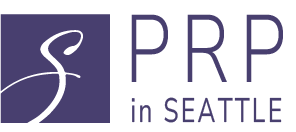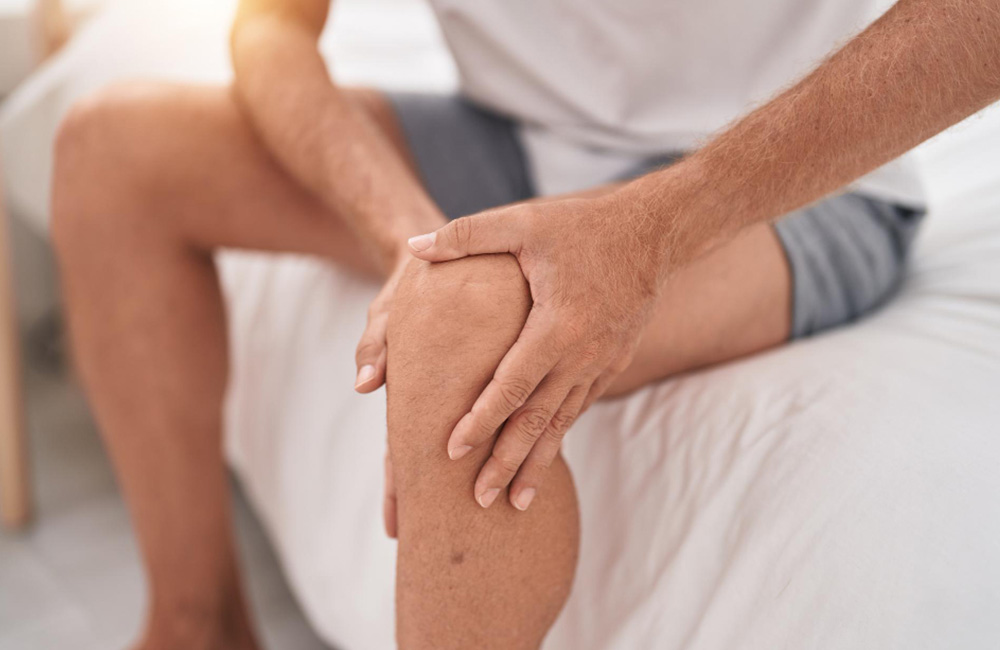You’re diligent with sunscreen, serums, and maybe even regular facials, so why do those stubborn lines and uneven texture still linger? The truth is, surface-level treatments can only do so much. To truly transform your skin, you need something deeper. A two-pronged, science-backed approach—PRP CO₂ Laser Resurfacing —targets both surface texture and dermal regeneration, resulting in noticeably smoother skin with less downtime compared to laser alone.
CO₂ Laser: How It Penetrates Deeper Than Peels
While chemical peels exfoliate the surface, fractional CO₂ lasers penetrate deeper, targeting both the outer and inner layers of skin. Here’s how:
- Microscopic Precision: The laser produces microscopic, controlled injuries (only 0.1–0.3 mm wide) in approximately 20% of the skin, leaving adjacent tissue undamaged for rapid healing.
- Deeper Stimulation: It reaches a depth of 1.6mm into the dermis, stimulating collagen for months, not days.
- Stronger Results: With one treatment, it can refine deep wrinkles, acne scars, and sagging more effectively than peels alone.
Peels revitalize the surface, but CO₂ laser recontours it from the inside out.
PRP Defined: From Blood Draw to “Liquid Gold” Growth Factors
PRP is a centrifuge‑concentrated fraction of your own blood—typically 3–5× baseline platelet count. Once activated, platelets release a time‑course of growth factors (PDGF, TGF‑β, VEGF) that:
- Accelerate skin cell regeneration (keratinocytes & fibroblasts)
- Increase collagen & elastin (essential for firm, youthful skin)
- Reduce inflammation (less redness and inflammation)
Because it’s your own blood, PRP is generally considered safe with a very rare chance of allergies or infection.
The Power of Two: How PRP Boosts Laser Results
Freshly treated skin from laser resurfacing creates tiny channels—think of them as direct pathways for PRP to deliver healing growth factors deep into your skin. Research shows that when laser energy and PRP work together, they double the skin’s natural repair response compared to using either treatment alone, providing:
- Faster healing (less redness and flaking)
- Stronger collagen production
- Reduced inflammation
A pooled data from a PMC study showed a significant 1.2-point reduction in downtime (days) and higher odds of ≥50% scar improvement with the CO₂ and PRP combination.
Pain Management & At‑Home Care Hacks
Discomfort during treatment is minimized with topical numbing and cooling. Afterward, a layer of PRP acts as a natural bandage, soothing skin and speeding up healing.
- First 2 Days: Use saline sprays and gentle ointments—skip harsh actives.
- Day 3+: Switch to hydrating peptides and high-zinc SPF 50.
- Additional Support: Vitamin C and collagen supplements may offer benefits (although research is still ongoing). Plus, good sleep and hydration enhance healing.
Safety Note: Since PRP is derived from your own blood, the risks of allergies or infections are extremely low.
Final Word
By combining CO₂’s precision resurfacing with PRP’s growth-factor therapy, you can treat both texture anomalies and thinning skin in a single, coordinated treatment plan. The payoff: quicker healing, less pigment surprise, and a complexion that continues to improve for months rather than weeks.
Ready to try CO₂ laser + PRP?
If a smoother texture and faster healing sound like your skin goals, PRP in Seattle has you covered. Our team offers fractional CO₂ laser resurfacing immediately followed by topical PRP to amplify collagen renewal, shorten downtime, and give you a noticeably refreshed complexion. Call (206) 279-2112 or click here to book your consultation today.


